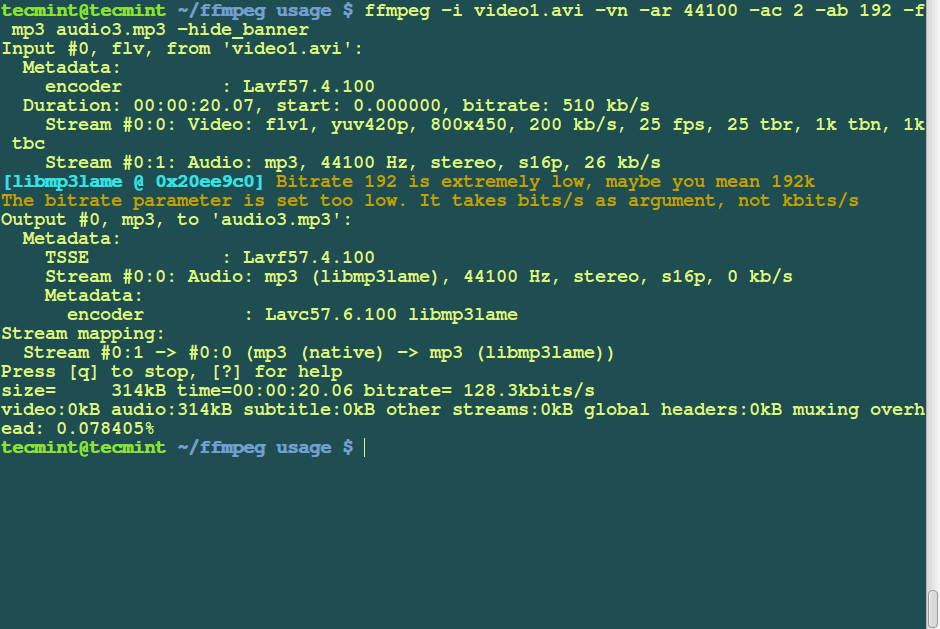
HandBrake might look daunting at first, but for most of the options the defaults they've chosen are sensible. This handy app is completely free and supports macOS, Windows, and Linux. There is no need to cough up any money though, because a very advanced and capable open-source tool exists: HandBrake. It's a bit of a minefield, with many blogs and articles set up promoting all sorts of shareware tools all claiming to be your one-stop solution. If you google how to reduce video size you'll get a whole range of different results. However, with the right settings, the difference is almost impossible to notice. Transcoding is a lossy operation that re-encodes the entire data stream and repackages it, so there is some loss from the original. Reduce the file size! (But, retain the same perceived quality).Retain as much metadata as possible, in particular creation date and file modification timestamps (so sorting files by date is not messed up, for example).Transcode all old audio/video files to the standards of 2018 (namely h.264 video, and aac audio).So, I set about organising my video library, with a few goals: I'd like to be able to stream my media across my devices, whether in or out the house. Sure, VLC will play pretty much everything you can throw at it, but it's not always convenient. That means my GoPro (not at max quality) eats up around 750x more space per second. On the other hand, 10 seconds of 2.7k on the GoPro5 puts out 78.2mb. Perhaps you have something similar if you've used many different devices over the years too! A 19s clip from a really old phone weighs in at 198kb. GoPro Hero 3+ footage (h.264 720p in a.Video from a more modern Android phone (h.264 1080p in a.Clips from a very old mobile phone (H.263 QCIF in a.Old edited movie projects (mpeg2 in a.Home movies from an old digital camera (mpeg2 in a.Here's just some of the digital cruft that's accumulated for me:

Some of these are now old and difficult to work with, with no native support in macOS, Plex, etc. It's not just space either, over the years I've owned a range of different devices, all recording video in different formats, codecs and qualities. Also, when you start thinking about backing up all those precious memories to a cloud service then size really starts to matter again. Storage space might have become a lot cheaper in recent years, but at the same time we're recording more and more high quality video. taking up loads of space? So did I, so I started looking for a way to reduce the size while keeping the perceived quality the same, and retaining all of the original metadata and timestamps. Do you have loads of videos littering your drive from your phone, camera, GoPro etc.


 0 kommentar(er)
0 kommentar(er)
